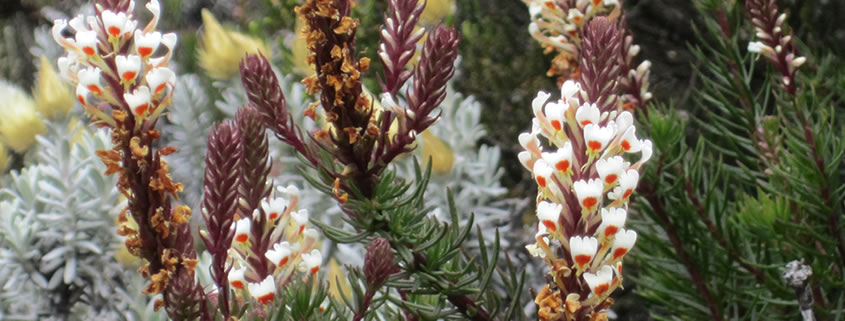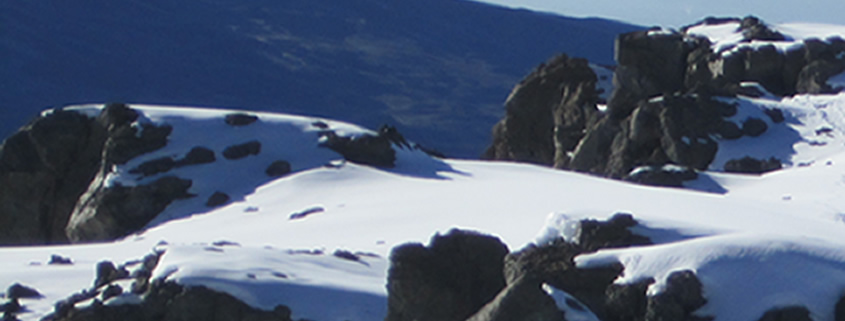The Real Kilimanjaro Adventure
The majestic Kilimanjaro with its iconic stand-alone peak defines the captivating beauty of Tanzania. It is the glacierial views of the renowned snow-capped summit – not just its daunting 5895 meter altitude – that literally steal your breath away. And whether you are starting out with the excitement on the first day or watching a sunrise from the rooftop of the continent, you will believe in the unparalleled beauty of Africa.
Misele is proud to bring you an exceptional crew of Kilimanjaro guides who are specially chosen through a rigorous testing process and demonstrated experience. Misele’s Kilimanjaro guides each have over ten years of experience summiting Kilimanjaro with a 100% safety record. Your crew is guaranteed to be seasoned professionals, friendly and helpful, assisting in every detail to make your journey successful and memorable.
Climbing Kilimanjaro is a ‘must do’ for most climbers on their list of travels. Known for a relatively easy walk and climb up Kilimanjaro’s slopes, many of the mountain’s climbers are non-professional and can reach the summit with proper clothing, preparation, and equipment. However, the extremely high altitude is unforgiving with low oxygen levels at the top, and is often the most challenging aspect for climbers. With the right preparation and pace, and the willingness to try, many climbers make it to the peak.
Misele Africa offers 6 routes to reach the top – from Machame, Marangu, Rongai, and Lemosho, to the more challenging Umbwe and Circuit routes – each with a unique path and its own spectacular views through lush equatorial jungle that give way to tropical forests and then to the rocky alpine cold. The duration of the climb on Kilimanjaro and the difficulty of the ascent differ on each route. Learn more about which route is most suitable for you by exploring our Kilimanjaro expeditions.
Explore
From tropics to the artic, Kilimanjaro’s multi-layered climates take climbers through a unique and almost surreal tour of nature. Rainfall is limited to the lower altitudes where lush tropical flora and fauna create a jungle canopy. There are two rainy seasons, November to December and March to May. The driest (and coldest) months are July to October. Weather can be very unpredictable on Kilimanjaro, so climbers must be prepared with waterproof clothing and equipment.
At the beginning of the trek temperatures are at a comfortable 20-25°C (65-75°F). Past the tree line at 3000 meters, temperatures drop increasingly faster with the altitude to 10-15C (mid-40s), then significantly to subzero temperatures (10s-20s F) at the last 1000 meters.
Montane Forest Belt (Rain Forest)
Altitude: 6,000 to 9,200 ft (1,800 to 2,800 m)
Precipitation: 79 to 40 in (2,000 to 1,000 mm)
Temperatures: 20 to 10°C (70 to 50)
The forest receives 6 feet of rain annually, supporting a variety of plants and wildlife while clear nights can produce low temperatures.
Heath and Moorland
Altitude: 9,200 to 13,200 ft (2,800 to 4,000 m)
Precipitation: 51 to 21 in (1,300 to 530 mm)
Temperatures: 10 to 0°C (50 to 30)
This semi-alpine zone is characterized by heath-like vegetation and abundant wild flowers.
Alpine Desert
Altitude: 13,200 to 16,500 ft (4,000 to 5,000 m)
Precipitation: 10 in (250 mm)
Temperatures: 0 to -5°C (30 to 20)
The unforgiving alpine desert receives little water and the only survivable vegetation is moss and lichen. Porous volcanic rocks are scattered in the landscape.
Arctic
Altitude: 16,500+ ft (5,000+ m)
Precipitation: <4 in (100 mm) Temperatures: -5 to -15°C (20 to 5) This area features ice, rock, and volcanic ash, with no vegetation. Nights are extremely cold and the day’s equatorial sun requires sun protection. The oxygen level is half that of sea level. [/av_toggle] [/av_toggle_container] [/av_one_full]




